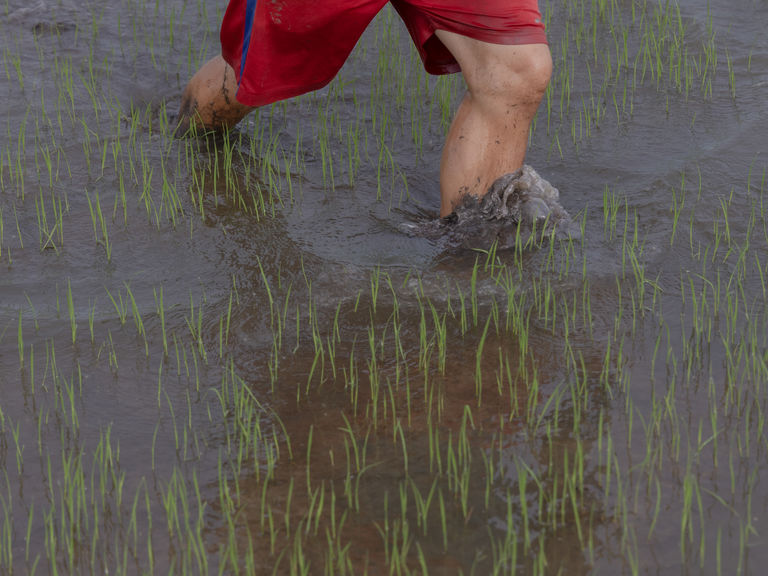Project Detail: Above the fields
Contest:
Swiss Storytelling Photo Grant 9th
Brand:
LuganoPhotoDays
Author:
Chiara Negrello
Project Info
Above the fields
The lower Mekong River Basin is recognized as one of the regions most vulnerable to climate change. In Vietnam's "Rice Bowl” agricultural drones represent an innovative and inclusive solution to empower different generations to face the future scenarios, combining agricultural production with intelligent technologies.
Rice is a fundamental resource that feeds more people than any other staple food item in the world. In a region as Mekong Delta, where 65% of the income share comes from farming activities, rice fields represents the predominant land cover. Economic reforms targeting the agricultural sector in the late 1980s made Vietnam one of the world's largest exporters of rice, cultivating 90% of the product in the Mekong River Delta.
Drone precision agriculture provides significant benefits to the environment and to local people. The main functions of these models are to seed, spread fertilizer and irrigate. They are very efficient at suppressing diseases and bacteria that spread and damage rice. In addition to supporting saving up to 90% water and 30% phytosanitary treatment through more accurate application, the technology can also be effective following natural disasters, such as a flood, to help peasants to assess damage across terrains that may not be readily accessible on foot. Drones reduce work time and manpower while increasing crop production by applying precision maps that track the field and manage it autonomously. They also allow workers to avoid being exposed to pesticides and breathing them. Concurrently, the device's precision, requires fewer chemicals. Thus, reducing the amount of drugs flowing into rivers and soils decreases impacts on the environment.
The first agricultural drones began to be adopted in Tram Chim around 2018, introduced to improve farmers' working conditions and limit the spread of rice diseases. The province 40 years ago was an uninhabited area with inhospitable terrain. Following government reforms in the 1970s and 1980s, the land was converted for rice farming and people began to settle there. The area has developed both building-wise and economically, with the agricultural sector as its main pillar. In 2020, during the pandemic, the popularity of drones increased due to young people returning home from the cities and through a wider use of social media. Despite initial difficulties linked to very strong roots on tradition, today more and more peasants are turning to this new technology, and the number of companies promoting this service is increasing. This is a big job opportunity for young generations who instead of moving to the cities pursuing a viable future, work alongside farmers in their land.
After the end of the war, Vietnam has been a success story in terms of development. Its resilience has driven it from being one of the poorest nations in the world to a middle-
income economy in one generation. Today, it is a youth-rich country working on improving effectiveness of the innovation system in terms of economic and social impact.


















